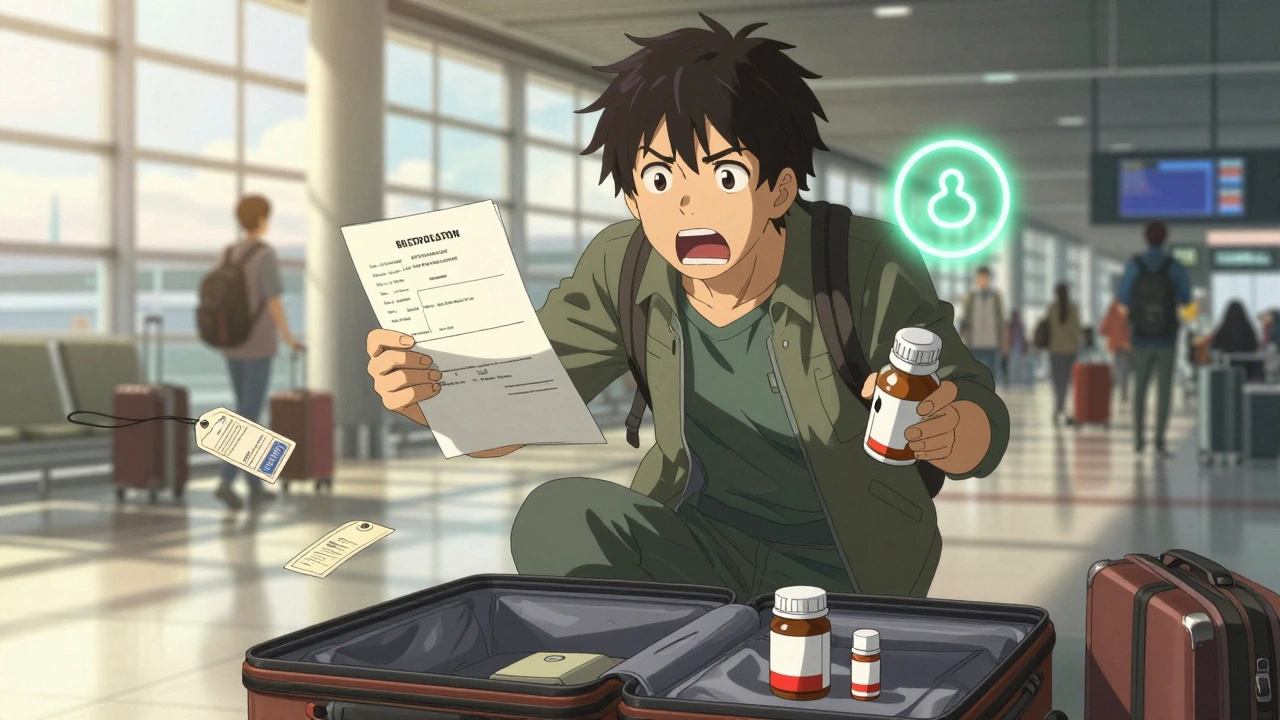Travel and Health: Practical Tips for Flights, Skin, and Meds
Travel should feel freeing, not risky. This page gives straight, useful tips so you can fly, explore, and stay healthy without stress. You’ll find quick advice on managing medications like blood thinners, avoiding skin yeast infections, and keeping your skin looking fresh after long flights.
Medication & Flights: what to do on board
If you take a blood thinner like Eliquis, call your prescriber before you fly. Ask about dose timing, what to do if a dose is missed, and whether you need a medical letter for security. Pack medicines in your carry-on so you always have access. Keep them in original packaging and bring a copy of the prescription and the prescriber’s contact info.
For long flights, plan dosing around takeoff and landing times to avoid missed doses. If your flight crosses time zones, ask your doctor whether to shift the schedule gradually or follow local time on arrival. Wear compression socks on long-haul flights if your doctor approves; they reduce swelling and the risk of clots. Move your legs often—stand, walk the aisle, and do ankle circles every hour.
Skin care on the go: yeast infections and wrinkles
Humidity, sweat, and tight clothing raise the chance of skin yeast infections. Keep problem areas dry and clean. Pack a small antifungal cream or powder if you’re prone to infections, and use breathable cotton or moisture-wicking layers. Don’t share towels or razors. If you notice persistent redness, itching, or discharge, see a local clinician instead of ignoring it.
Air travel dries skin fast. Cabin air plus long days can make fine lines more visible. Drink water often, skip extra alcohol, and use a rich moisturizer before and after the flight. A hydrating face mist and a small tube of hyaluronic-acid serum can help on long trips. Apply sunscreen when you’re outdoors—UV exposure on travel days speeds up skin aging even if it’s cloudy.
Simple packing checklist to reduce travel health stress:
- Medications in carry-on + copies of prescriptions
- Compression socks (for long flights, if cleared by your doctor)
- Travel-size moisturizer, hydrating mist, and sunscreen
- Antifungal cream/powder and breathable clothing
- Contact info for your primary care doctor or specialist
Traveling with health issues doesn’t have to be hard. Plan a bit ahead, carry the right items, and ask your doctor specific questions before you go. If something feels off while you travel—severe swelling, unexplained bleeding, strong pain, or a spreading skin infection—get medical help right away.
Want deeper reads? Check out our posts on flying with Eliquis, preventing skin yeast infections on the road, and keeping skin wrinkle-free during flights for more detailed tips and Q&A with specialists.

How to Replace Lost or Stolen Medications While Abroad
Losing your medication while traveling abroad can be scary, but you can get help. Learn the steps to replace lost or stolen prescriptions overseas, what to carry before you go, and how to avoid dangerous counterfeit drugs.

Top Prevention Strategies for Travelers at Risk of Ringworm
Learn proven ringworm prevention tactics for travelers, from packing antifungal gear to daily hygiene habits, early treatment steps, and post‑trip cleaning.

Doctor Advice: How to Handle Air Travel When Taking Eliquis
Get real-life Q&A with cardiologists: manage schedules and missed doses for safe air travel while on Eliquis. Includes practical travel tips so you don't miss a beat.

Yeast Infections of the Skin and Travel: How to Stay Healthy on the Go
During my recent travels, I've become more aware of the risk of yeast infections on the skin, especially while on the go. To stay healthy, I've discovered the importance of maintaining good hygiene, keeping my skin clean and dry, and wearing breathable clothing to prevent excess moisture. It's also crucial to avoid sharing personal items and to use antifungal creams or powders when necessary. In addition, maintaining a strong immune system by eating a balanced diet and getting enough sleep can help prevent infections. By following these tips, I've been able to enjoy my travels without the worry of skin yeast infections.

The Impact of Air Travel on Wrinkles: Tips for Maintaining Fresh Skin on the Go
As a frequent traveler, I've noticed that air travel can have a significant impact on my skin, especially when it comes to wrinkles. The dry cabin air and changes in pressure can easily dehydrate our skin, making it more prone to fine lines and wrinkles. To maintain fresh and youthful skin on the go, I always make sure to stay hydrated by drinking plenty of water, using a moisturizer specifically designed for air travel, and applying a hydrating face mask during long flights. Additionally, getting enough sleep and avoiding excessive sun exposure can also help keep our skin looking its best during our travels. So, don't forget to take care of your skin while traveling to keep it looking fresh and wrinkle-free!
